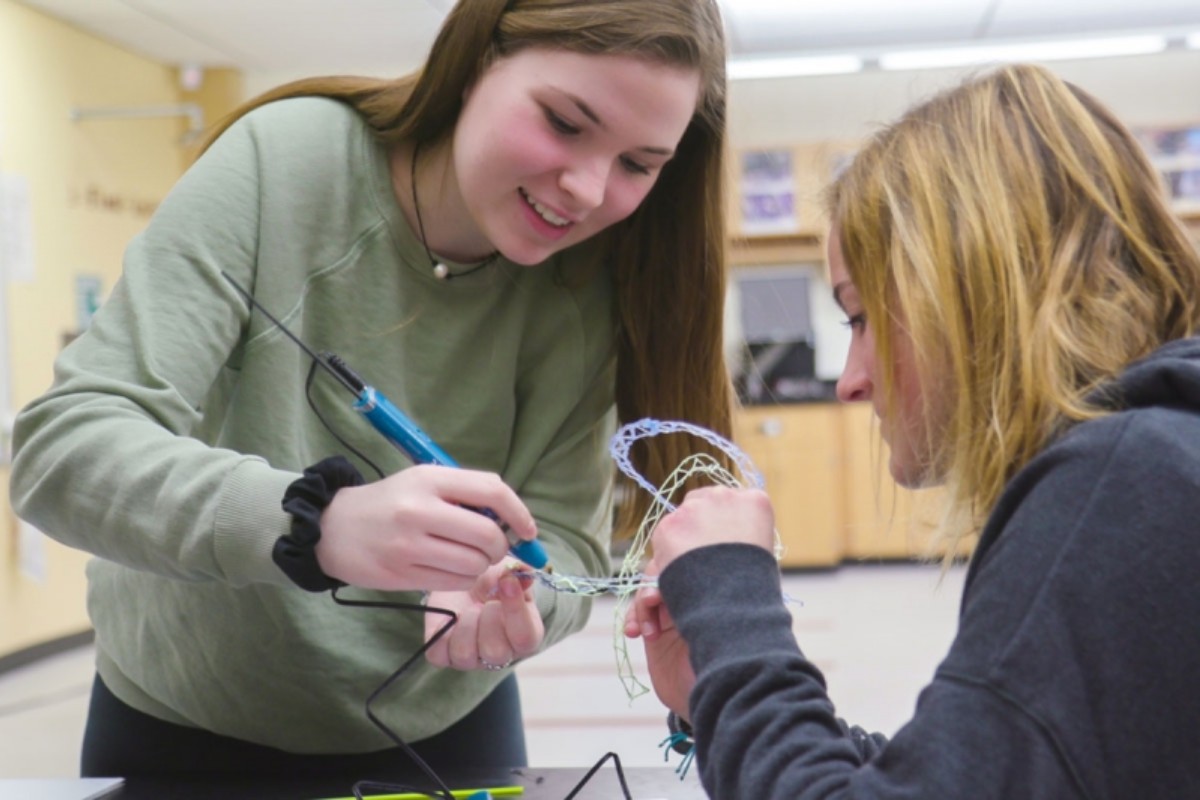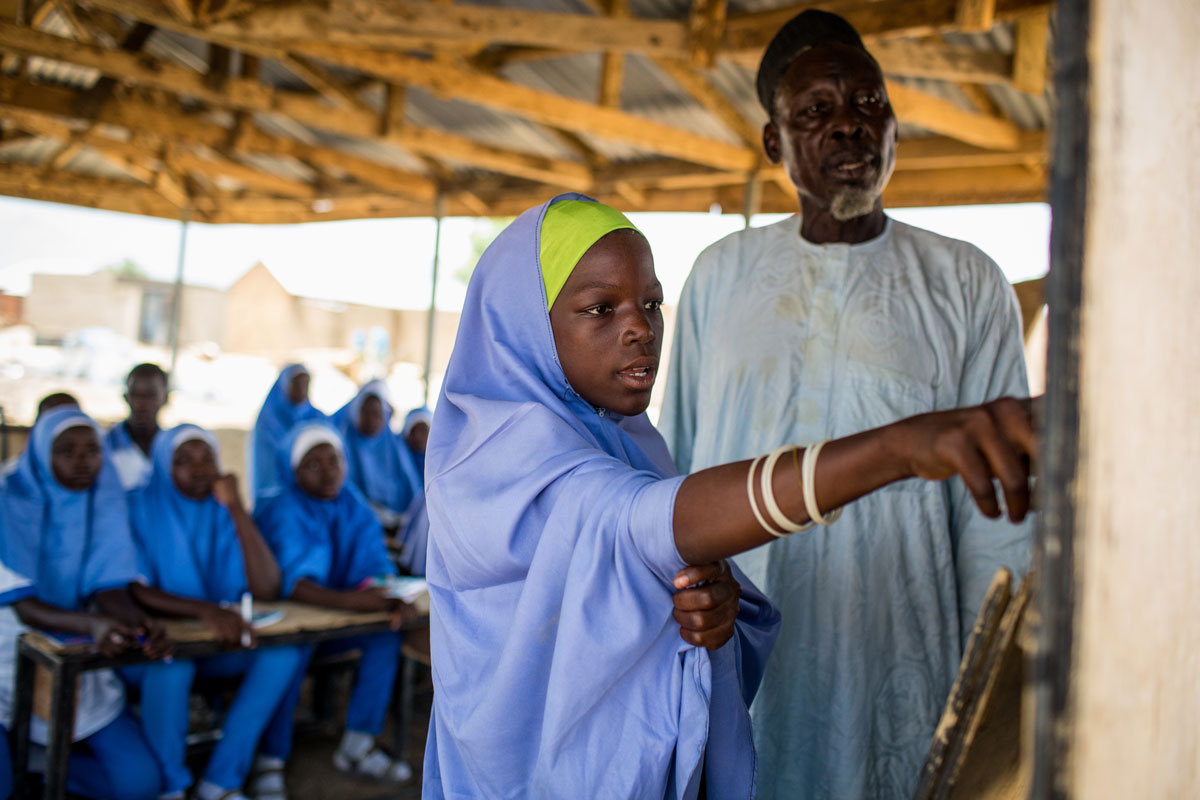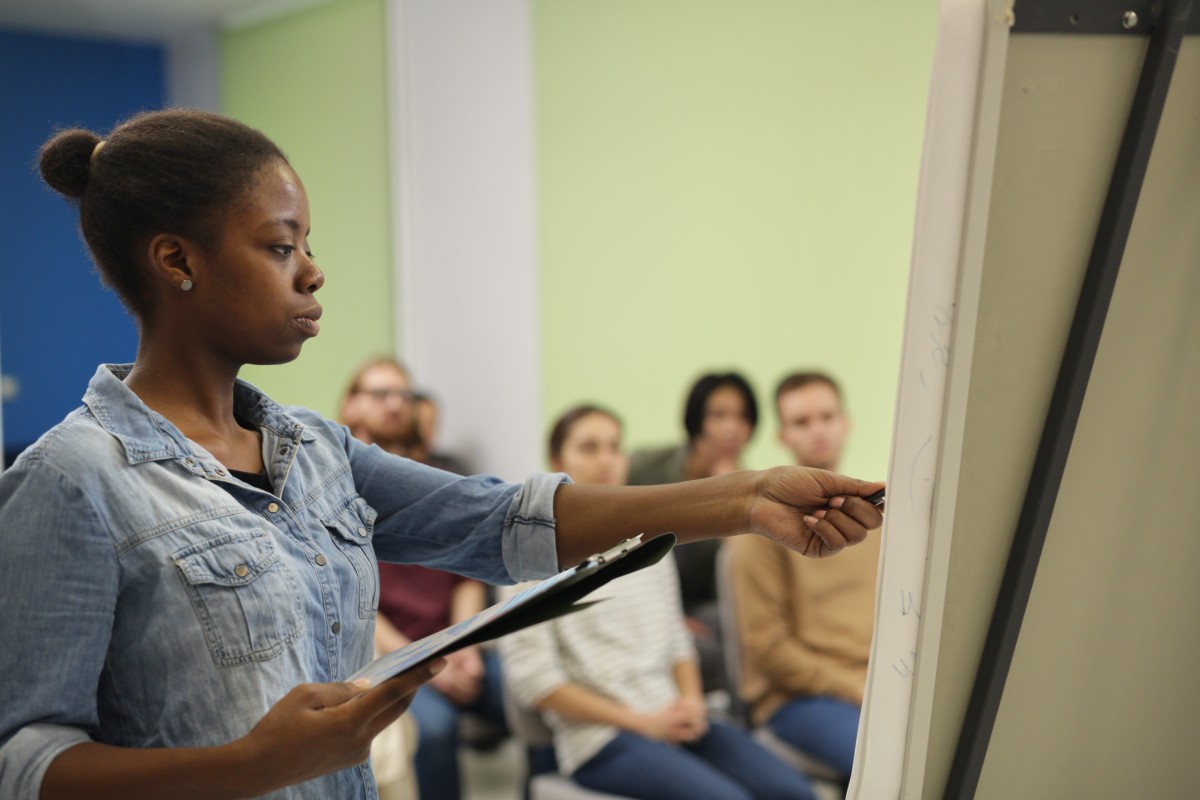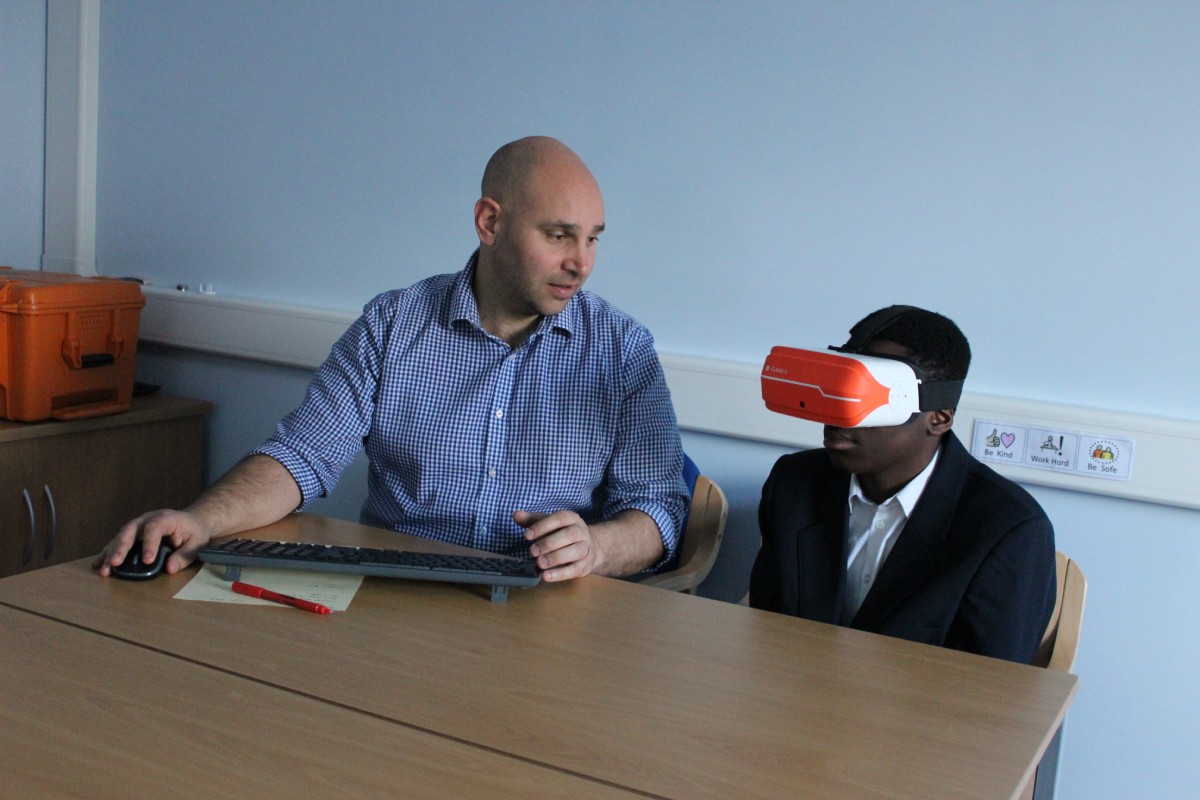The Art of Using Data Purposefully: How an IB School in Budapest is modeling ways to transform literacy as measured by MAP Growth
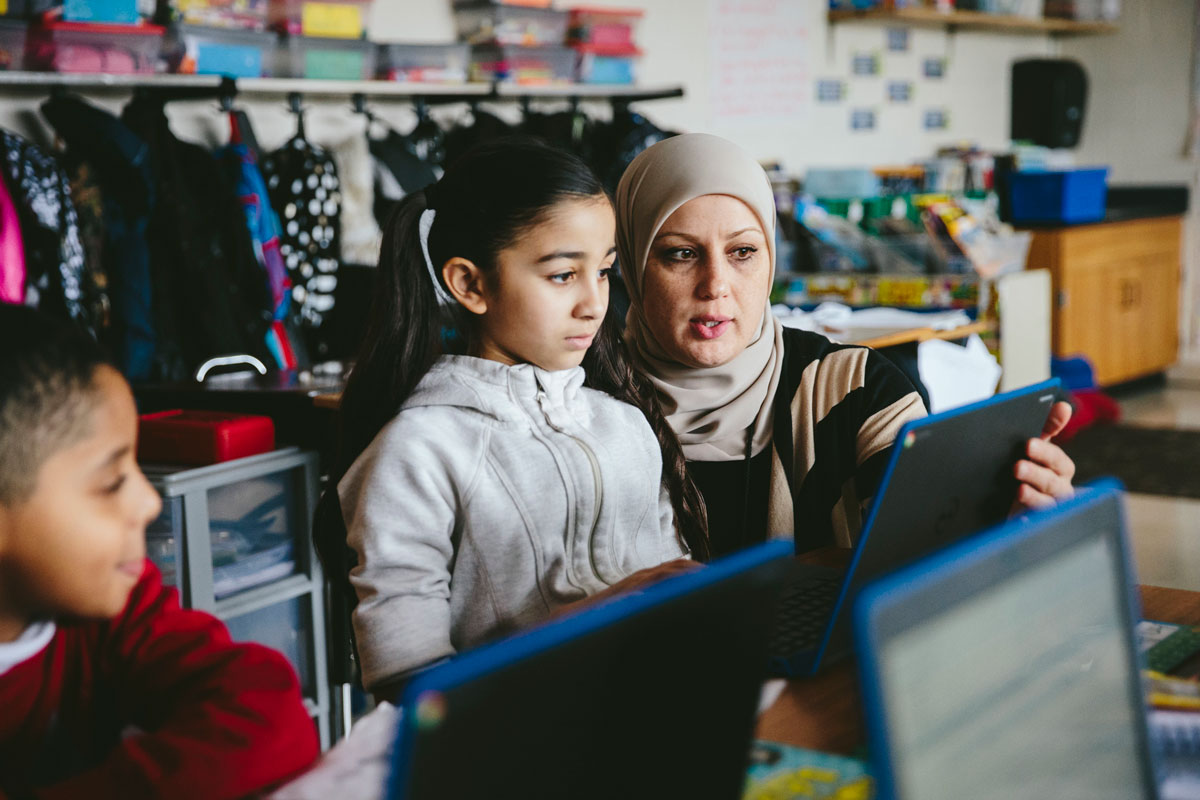
When teacher Laura Vas first set out to create a hybrid approach to helping her students improve their literacy skills, she had no idea she’d be embarking on one of the biggest challenges of her career. At the end of the 2017-18 school year, Vas started to review information about the new students she would be teaching in the fall at the American International School of Budapest (AISB).
As an IB history and social studies teacher, as well as the supervisor of students pursuing a bilingual diploma, Laura wanted to get to know her incoming students and look at data. She reviewed MAP® Growth™ scores, sent them surveys to fill out, and even asked each student to send her a personal email right after the school year began. Laura was determined to find the right instructional areas to focus on for her students and address her class’ greatest needs.
There was just one problem: “When I was looking at their MAP Growth scores,” she explains, “I realized that I had an incredible range of learners. I had students who were reading on a fourth-grade level, students who were reading at college level, and I had a bigger group of students in the middle. I had 18 students from 11 different countries, speaking 12 different languages in the classroom. As I looked at their MAP Growth scores and other data, I realized that this group might be the most heterogeneous group I had ever had in my teaching career.”
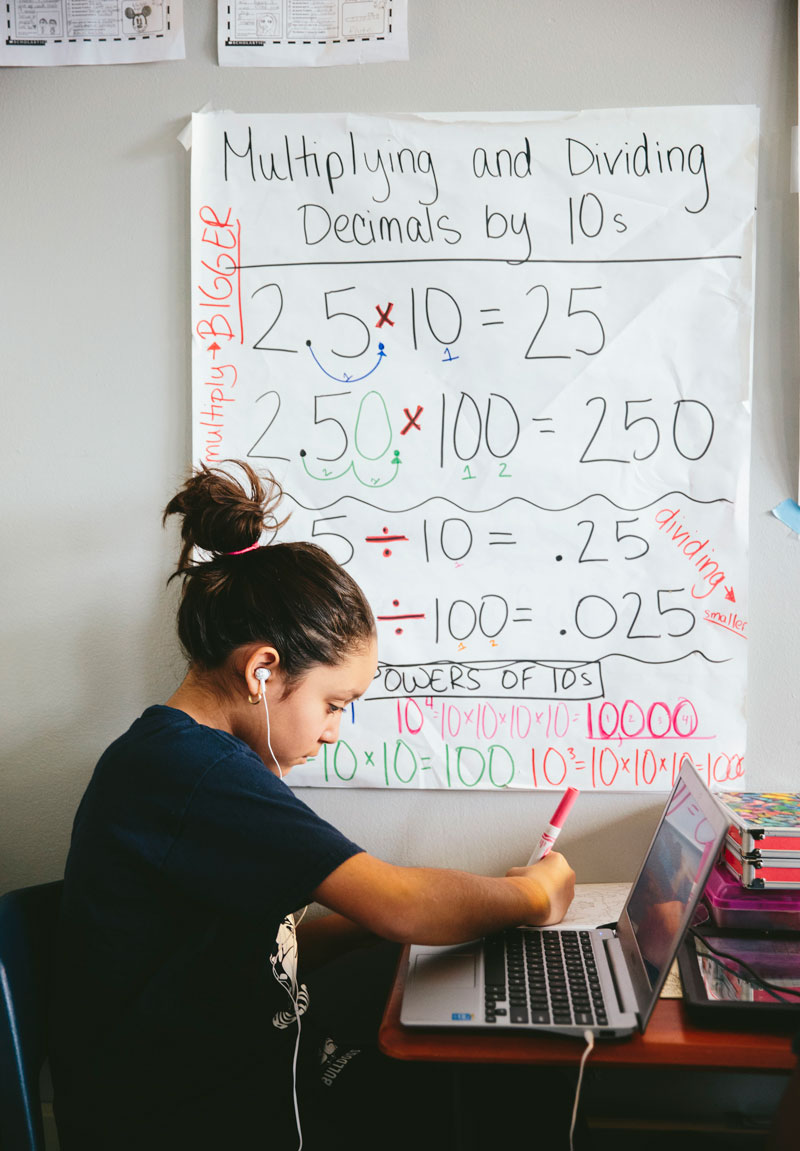
Developing a hybrid approach
Laura began by selecting a key area of focus: reading. Along with the help of an English as an Additional Language (EAL) teacher and an intern in her classroom, she devised an innovative strategy for her students by combining different approaches to high school reading instruction.
As she puts it, “There are basically two ways to approach it. The old, traditional way [means] that there is one text, everyone reads the same thing, and we discuss those texts together. I think that’s important. It can create a nice learning experience because the entire group is involved. The other way is the reader’s workshop—everyone is reading something different, and we hold [‘book clubs’ to] discuss the different texts that they’re reading. I wanted to find something in the middle – that combines the two radically different approaches.”
Vas notes that she was lucky that her school had sponsored a visit by Penny Kittle, a literacy expert. Vas explains, “She developed a method for English-language classrooms [studying] English literature, where she has independent reading time, then book clubs, and then a core text that they all discuss together—and I kind of hacked that to adapt it to my needs.”
Using MAP Growth data to inform instruction
For Vas’ hybrid approach to be effective, she needed to better understand what specific areas of reading needed the most attention. She turned to her MAP Growth reports and discovered that vocabulary was a key area in which her team could help each student grow.
When the school year began, she made sure the students’ shared texts focused on vocabulary building and acquisition, while simultaneously helping students select individual books that were appropriately challenging and offered opportunities to strengthen vocabulary. For her strongest readers, she took special efforts to increase the complexity of the books they were reading and include a variety of texts. The key to making her approach effective? Involving students by giving them choice, while keeping them on track toward their literacy goals.
The power of choice
When it came time to help each student pick their first book, Vas wasn’t sure how it was going to work out.
“It was a little bit experimental, and I left it up to them,” she explains. “I found that many were able to pick the right text, while others went for the easy solution or wanted to over-challenge themselves. We discussed these choices through individual conferences.”
Vas adds, “Especially for English language learners, it was a relieving experience to tell them that just because you chose the easier text, it doesn’t mean that you are not growing as a reader. It was equally relieving for them to learn that they can read texts in their mother tongue and still grow as a reader.”

Reaping results
When the students took their first MAP Growth assessment after adopting the new approach, Vas found a lot of validation in the data. “I looked at the individual MAP Growth scores for reading, and I saw a lot of good growth—especially for informational text and vocabulary. That made me very confident about the choices I made. It’s been a validating experience, shown by the data, that choices must be given. The growth in vocabulary scores also showed us that having a core text is essential.”
Vas concluded that a multi-faceted approach that involves students in the decision-making is the right way to go because it creates a student-teacher partnership, while also giving her the flexibility to adapt to student needs. Both of those factors are central to her success.
As she puts it, “When I look at data, I don’t want to have an agenda right away. I first just let the stories emerge and then see what the data shows. Then I also get some qualitative information and put the two together. That’s the artful part, I think, that must be there, as well. If I show the data to the students, if we talk about it together, I think we can very easily have a common goal—and it’s easier to work for that goal together than without it.”
AISB has expanded the time dedicated to reading and continues to offer students choices. They look forward to seeing what the data will tell.
This article is available and can be accessed in Spanish here.


